Pennington Lecture, Inspired by Liberal Arts Action Lab Project, Highlights History of Talcott Street Church
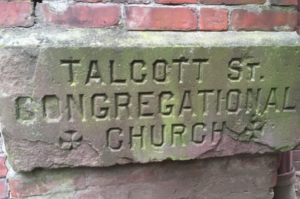
Do you know of the Talcott Street Church and School? Through the Black Heritage Project, Capital Community College (CCC) is hoping more people in the Hartford area can answer that question with a resounding yes. Expanding knowledge of the Talcott Street Church, the first Black church and school in Hartford, was the goal of a spring 2020 Liberal Arts Action Lab project. Inspired by the Action Lab student recommendations, Jeff Partridge authored a National Endowment for the Humanities (NEH) grant. Partridge, Professor of English, Director of the Hartford Heritage Project, and CCC Faculty Director for the Liberal Arts Action Lab, says “We want to raise awareness of this history and bring these inspiring stories of courage, resistance, and community into people’s perspectives today.”
In April, the inaugural Pennington Lecture events brought to fruition one of three parts of the NEH grant project. The lecture series is named after Revered James W.C. Pennington, the church’s leader in the 1840s and 1850s. Pennington was a former enslaved person, the first Black student at Yale School of Divinity, and a prominent abolitionist of the mid-19th century. The city’s first Black church and school for Black children stood on the corner of Talcott and Market Streets, near where CCC stands today.
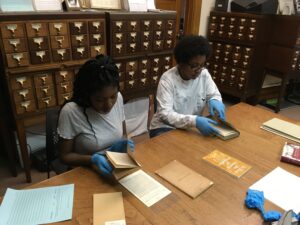
The Pennington Lecture is one milestone in a project that started after Partridge learned about Ann Plato, James Mars, and James Pennington – three Black authors that published in Hartford in the 19th century and belonged to the Talcott Street Church. After initially exploring the topic in his American Literature course at CCC, he proposed the Black Heritage Project to the Liberal Arts Action Lab. Partridge coordinated with the Hartford Heritage Project at CCC, Jasmin Agosto ’10 at the Hartford History Center at Hartford Public Library, and Hartford historian Steve Thornton on the project. A group of four students – Aliyah Freeman-Johnson (CCC), Julian Hogan (CCC), Armani Parnther (CCC), and Mercy Unoh (Trinity ’23) – worked throughout spring 2020 on discovering the church’s history and made recommendations for how to make the incredible history more accessible.
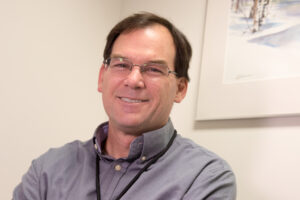
The inaugural Pennington Lecture was given by Sarah Lewis at the Wadsworth Atheneum on April 21. Lewis, an Associate Professor at Harvard University, gave a talk titled “Vision and Justice.” A panel discussion of Lewis’s book The Rise and a lecture on the life of James Pennington by biographer Christopher L. Webber complemented the main event. In the 1950s, the Talcott Street Church congregation moved to the Faith Congregational Church, where the history of the Talcott Street Church is displayed on the walls. Members of the Faith Congregational Church attended and their pastor, the Rev. Cleo Graham, spoke at the Pennington Lecture events, adding to the event goal of bringing the history to life for the community today.
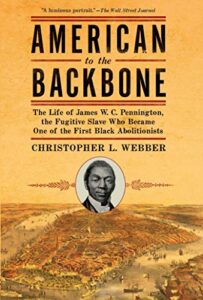
The Pennington Lecture events demonstrated how gripping, moving, and worthy of deep exploration this history is. In Webber’s talk on Pennington, the story was told of Pennington’s arrival at the home of William Wright, a Quaker living in Pennsylvania, after more than a week running from slavery. Pennington arrived at Wright’s door hungry and with few clothes despite the cold. He had been captured several days earlier, managed to escaped his captors, and was in what Pennington describes as the most wretched condition any human being could be in (Webber 32). He asked Wright where he might find work and Wright responded, “Well, come in then and take thy breakfast and we will talk about it. Thee must be cold without any coat,” (Weber 32). Pennington never forgot the words and kindness of Wright. The way Wright greeted him that fateful day would guide his approach to people for the rest of his life. This story is just one of many from Pennington’s life that touches, inspires, and shows the possibility for growth and justice even in the most oppressive of circumstances.
Webber says, “I was thrilled when I got an invitation ten years after writing Pennington’s biography to come to Hartford and speak about Pennington at Capital Community College. It seemed like the perfect fit: exactly the audience I had hoped to reach. Here were young people like Pennington, becoming adults with the education needed to succeed in life.”
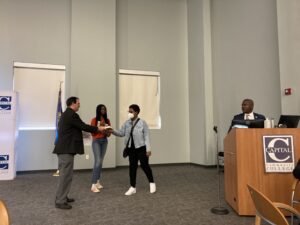
Mercy Unoh ’23, one of the Action Lab students that recommended the Pennington Lecture, reflected on Webber’s talk and said that, “It was awesome to hear about the inspiration behind the title of Webber’s book, and the relationships he formed throughout his writing process. I was very honored to receive recognition at the event, and hope that students and community members feel inspired to continue exploring history.”
Later in the day, Lewis spoke about the importance of images in justice movements. She showed images of oppression and hope while talking about why images move us. One image she showed was the drawing of the slave ship ‘Brookes,’ a print demonstrating how 454 enslaved people could fit on the ship, the maximum number allowed by British law. The widely known image depicting the horrors of slavery positioned in her talk among images of Black children, Frederick Douglass, and Martin Luther King Jr. hit differently from when it is shown in a classroom or lecture hall without images and words of humanity surrounding it. Lewis and Webber’s lectures highlighted and connected themes of the dehumanization of slavery, stories of courage that come from slavery and oppression, and the power of community to pursue change. The humanity and relatability brought to history by the Pennington Lecture events – history that happened right here in Hartford – demonstrates the power in expanding knowledge of the history of the Talcott Street Church.
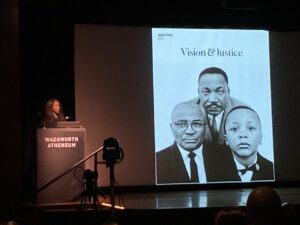
Partridge recalls handing out the Pennington biography by Webber on the first day of the Liberal Arts Action Lab class. He asked the students to look over a few bookmarked sections before the next class. The next week, “One of the students, Aliyah Freeman-Johnson, came to class and said they’d read the whole book. It’s a nearly 400-page book. They got so engrossed in it and loved it.” Freeman-Johnson and the other Action Lab students discovered that the history of the Talcott Street Church and Pennington’s story are remarkable. “All four of the students were blown away that all of this stuff happened right here in Hartford,” says Partridge.
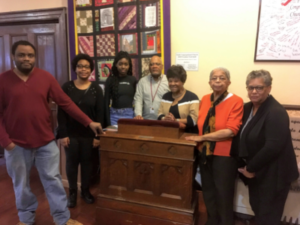
To make this history more accessible and widely known at CCC and beyond, the Black Heritage Project team is pursuing a three-part project implementing the recommendations made by the Action Lab students. The project consists of the Pennington Lecture series, curriculum writing, and an exhibit on the first floor of CCC on Main Street. The team of twelve faculty members at CCC are meeting monthly to write curriculum based on the history of the Talcott Street Church. “The faculty have been meeting for full-day seminars with speakers and readings to educate us on the history of the church,” says Partridge. The exhibit is expected to launch in September 2022 and is planned to be a long-standing exhibit at Capital Community College. It will be open to the public and will be used as part of the curriculum on the church’s history.
Lewis asserts that we must have a vision and we must have images to fill that vision in order to work towards justice. The work to build on the Action Lab student project and bring the history of the Talcott Street Church to light is creating a vision and images that can help fill in forgotten history to lay the groundwork for future justice work in Hartford and Connecticut.
